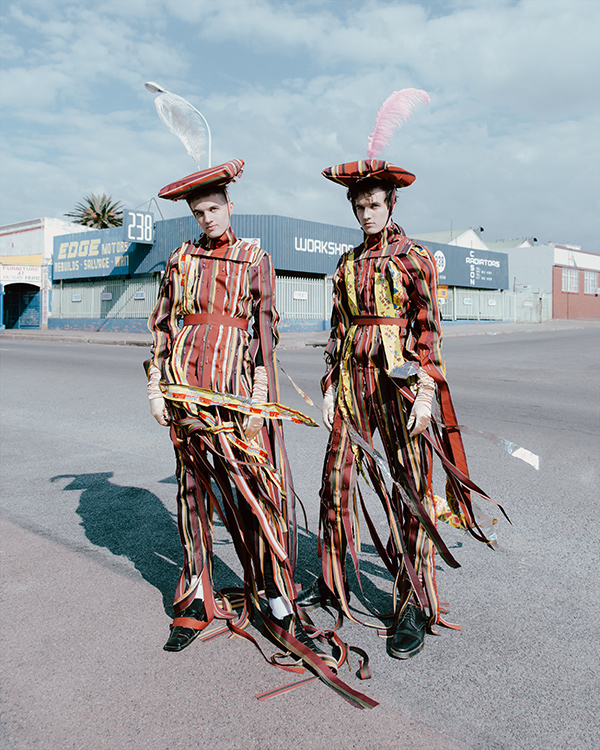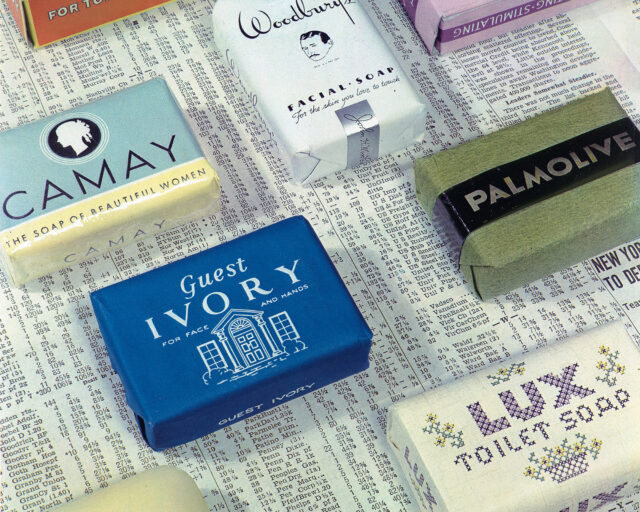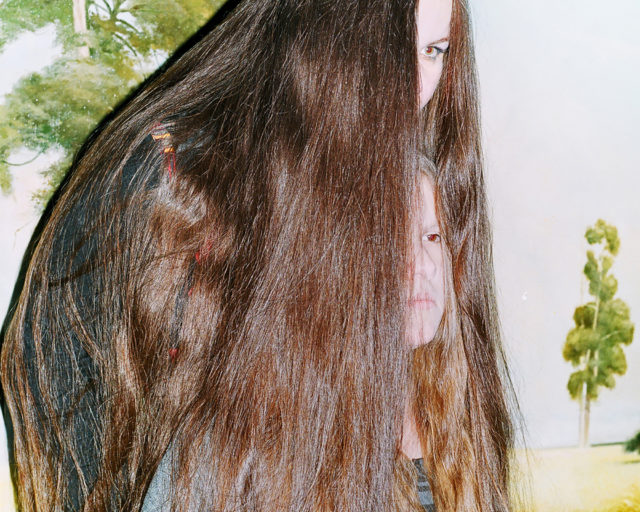Is Fashion Modern?

Photograph by Bobby Doherty, 2017
© the artist
“It will not be a style or fashion show; it will not display costumes; it will not offer specific dress reforms,” reads the press release for Bernard Rudofsky’s 1944 exhibition Are Clothes Modern? at the Museum of Modern Art (MoMA). “The purpose of the exhibition is to bring about an entirely new and fresh approach to the subject of clothes.” That approach is perhaps the wishful thinking of every curator who has ever mounted a fashion exhibition—and yet by all accounts Rudofsky organized an incisive show and catalog that prompted the public of its day to reconsider their relationship with the clothes they wore, and the designers and systems that produced them.

Photograph by Catherine Losing, 2017
© the artist
More than seven decades later, MoMA’s second foray into exhibiting fashion design, titled Items: Is Fashion Modern? (2017), returns to Rudofsky’s inquiry by considering items—accessories, icons, objects of desire, and mass-produced staples—that have had a strong influence on the world in the past century. These include humble masterpieces like the clog, the keffiyeh, and Levi’s 501 jeans; high-fashion ensembles from Pierre Cardin’s 1964 Cosmos collection and from Comme des Garçons’s 1997 Body Meets Dress–Dress Meets Body; and culturally specific items such as Breton shirts, door-knocker hoop earrings, Panama hats, and kente cloth wrappers.

Photograph by Kristin-Lee Moolman in collaboration with Ibrahim Kamara, 2017
© the artist
In the catalog for Items, a new interpretation of all 111 exhibition “items” is entrusted to five young photographers—born between 1980 and 1992 and from Japan, the United States, Senegal, the United Kingdom, and South Africa—chosen for their strong, idiosyncratic talents and points of view: Omar Victor Diop, Bobby Doherty, Catherine Losing (in collaboration with stylist Anna Lomax), Monika Mogi, and Kristin-Lee Moolman (with longtime collaborator Ibrahim Kamara). Each photographer was given eight pages to fill with an equal portion of the items arranged in alphabetical order: Losing got Air Force 1s through bucket hat; Mogi, burkini through fur coat; Diop, Gore-Tex jacket through monogram; Doherty, Moon Boot through Snugli; and Moolman, Space Age Cosmos collection through YSL Touche Éclat. Given free rein in terms of approach, some chose to shoot the exact objects on the exhibition’s list, while others took the items as prompts from which they abstracted. The results speak to five very different strategies of documentation that are as much still life as fashion photography, and mine the histories of advertising and graphic design as well as conventional modes of sartorial presentation.

Photograph by Monika Mogi
© the artist
Diop created a set of twenty-one playing cards silhouetting doppelgänger items against boldly colored backgrounds. Doherty shot a ripe watermelon nearly bursting a two-piece maternity outfit at its seams. Losing pictured, among other pieces on her list, balaclavas haunting a 1950s-era shopwindow. Over a series of eight photographs, Moolman and Kamara synthesized wholly new ensembles culled from a secondhand clothes market in Johannesburg’s city center, each encapsulating several of the twenty-four items on their list. Mogi homed in on a kawaii teen decorating her Converse kicks, kitted out in capri pants and a Fitbit—checking off three items on her list in one shot. Each focused intervention plays against the denser heterogeneity of over four hundred images in the catalog that illustrate the alphabetic texts. Each photographer has used the 111 items as lenses through which to investigate form, color, gesture, environment, and more. The result embraces fashion photography and carries us beyond fashion into the realm of design and its many intersections with culture, technology, art, anthropology—in other words, with the world.
Read more from Aperture, Issue 228, “Elements of Style,” or subscribe to Aperture and never miss an issue.


























